| Umělec magazine 2004/3 >> The Scandal at the 5th Cetinje Biennial | List of all editions. | ||||||||||||
|
|||||||||||||
The Scandal at the 5th Cetinje BiennialUmělec magazine 2004/301.03.2004 Petrit Hoxha | info | en cs |
|||||||||||||
|
Speaking at a National Campaign for the Arts conference in London, June this year, playwright David Edgar said it was the responsibility of artists to challenge great cultural institutions. Art, Edgar explained, „has been properly concerned not to preserve national identity, but to question it … disrupting rather than confirming how we see the world.“ Edgar then called for provocation and outrage to become central to the arts.
Although the English author couldn´t really predict how fast his call would be realized, a work, by the young artist Albert Heta from Prishtina during the 5th Cetinje Biennial, proved it to be in the same line. Curated by René Block and Nataša Ilić, this year´s Biennial, under the title Love it or Leave it was meant to be a „culmination point of a new model for a unique European cooperation“ in helping to design an expanded cultural area. Although this sounds good as a curatorial concept, the reality proved once more to be tougher and harder to swallow. Albert Heta´s installation Ambasada e Republikës së Kosovës në Cetinje (The Embassy of the Republic of Kosovo in Cetinje) consisted of replacing the sign in the building of the former Embassy for the Kingdom of Serbia in Cetinje (Montenegro´s capital in the begining of the 20th century), with that of the Embassy of Kosovo and putting next to it the Albanian flag. Thus playing with the notion of Kosovo having a future diplomatic mission in the neighbouring country and, at the same time, removing the signs of a state that had occupied Kosovo for a decade in the 1990s, and today makes the bigger part of a loose union called Serbia and Montenegro. To have a clearer view of the current situation, we must add that Kosovo today is administered by the UN and has not yet solved its final status, thus being in an absurd situation of having its own parlamentary and judiciary institutions but yet missing embassies in other countries. After the installation was finalized, there were outrageous reactions from different political parties, the city´s mayor, and even from the Biennial´s founder, Prince Nikola Petrović, who made a public apology, saying that he „was shocked by this art installation,“ adding that „in the current political context, it is inappropriate and dangerous!“ If one is ready to understand the reaction of people who don´t have anything to do with art, how could one fully comprehend the attitude of Petar Ćuković, the director of the Biennial and of the National Museum of Montenegro, who, first, for the daily „Novosti“ said, „The selectors are the ones who choose the works to be exhibited. I do not interfere with their work. I believe that the tensions surrounding this work of art should be reduced.“ He promised that the installation „will remain where it is.“ A few days later, after the sign on the building´s façade was broken and the flag stripped away by unknown persons, Ćuković decided to take the piece down completely, in order, as he said, to prevent further complications and due to the big public protest! Such an unfortunate game with an art installation from the director of a contemporary art event is really offensive for artists and all who, in one way or another, deal with art. Anyway, Heta was short of luck with The Embassy of the Republic of Kosovo, again, in November 2003 at the Galerie 35 in Berlin, when he attempted to address the issue of the absence of diplomatic missions of his country abroad and the problems that go along with this absence. Again it was considered „inappropriate“ by the gallery´s person in charge and the artist rightly refused to change the project, and the show didn´t take place. Albert Heta (1974) is no stranger to the field of provocation and scandal. In July 2003, he made his (now) famous illegal installation on big billboards advertising the British Airways campaign It´s time to go visiting for flights from Prishtina to London where, in the middle of those billboards he affixed in red the sign „No Visa Required,“ prompting thousands to call travel agencies the very next day to reserve flights to the United Kingdom, not knowing that the campaign´s best part—unrestricted travel—was false. He even received threatening calls from BA´s office that they would take legal steps against him. In a country where you need a visa in order to get nearly anywhere, and where those same visas are incredibly hard to obtain, having permission to work or travel is one of the luckiest things that one can imagine. Heta´s oeuvre is young and promising; his art concentrates on dealing with reality and the issues and questions that surround it in a way that it´s not very common today, in a way that does not make it an isolated island with no connections to the real world.
01.03.2004
Recommended articles
|
|||||||||||||
|
04.02.2020 10:17
Letošní 50. ročník Art Basel přilákal celkem 93 000 návštěvníků a sběratelů z 80 zemí světa. 290 prémiových galerií představilo umělecká díla od počátku 20. století až po současnost. Hlavní sektor přehlídky, tradičně v prvním patře výstavního prostoru, představil 232 předních galerií z celého světa nabízející umění nejvyšší kvality. Veletrh ukázal vzestupný trend prodeje prostřednictvím galerií jak soukromým sbírkám, tak i institucím. Kromě hlavního veletrhu stály za návštěvu i ty přidružené: Volta, Liste a Photo Basel, k tomu doprovodné programy a výstavy v místních institucích, které kvalitou daleko přesahují hranice města tj. Kunsthalle Basel, Kunstmuseum, Tinguely muzeum nebo Fondation Beyeler.
|







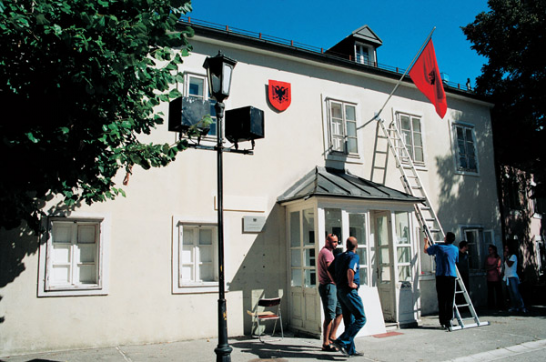














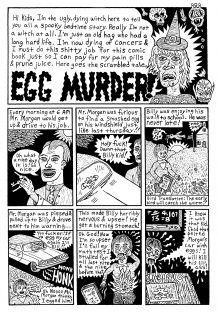




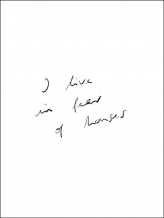

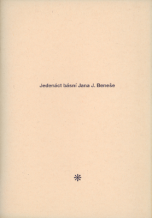
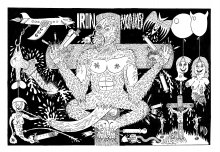


 We Are Rising National Gallery For You! Go to Kyjov by Krásná Lípa no.37.
We Are Rising National Gallery For You! Go to Kyjov by Krásná Lípa no.37.
Comments
There are currently no comments.Add new comment